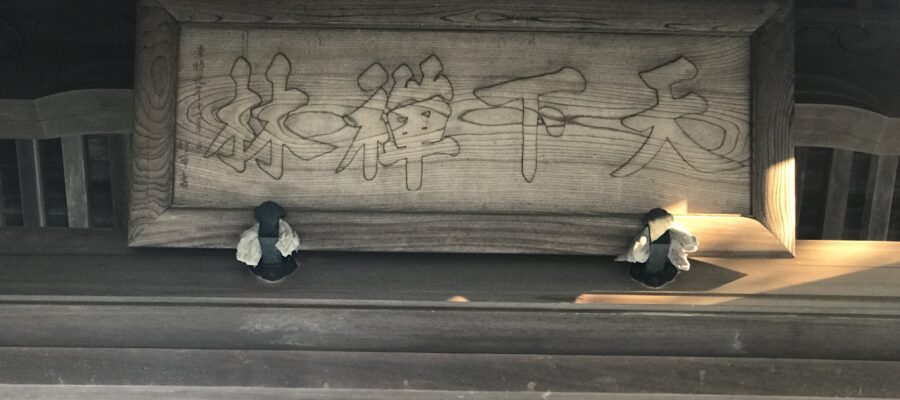鎌倉五山の第一位
鎌倉五山の第一位、建長寺へやってきました。門に掲げられた額には「天下禅林」と書かれていて、日本最初の禅宗専門の寺院であることを示しているようです。ここに来るのも2度目です。今回は、鶴岡八幡宮の本宮から坂道を歩いて登ってきました。峠を越えて下るとすぐに到着。前回は、北鎌倉から逆コースで歩いてきたと思います。
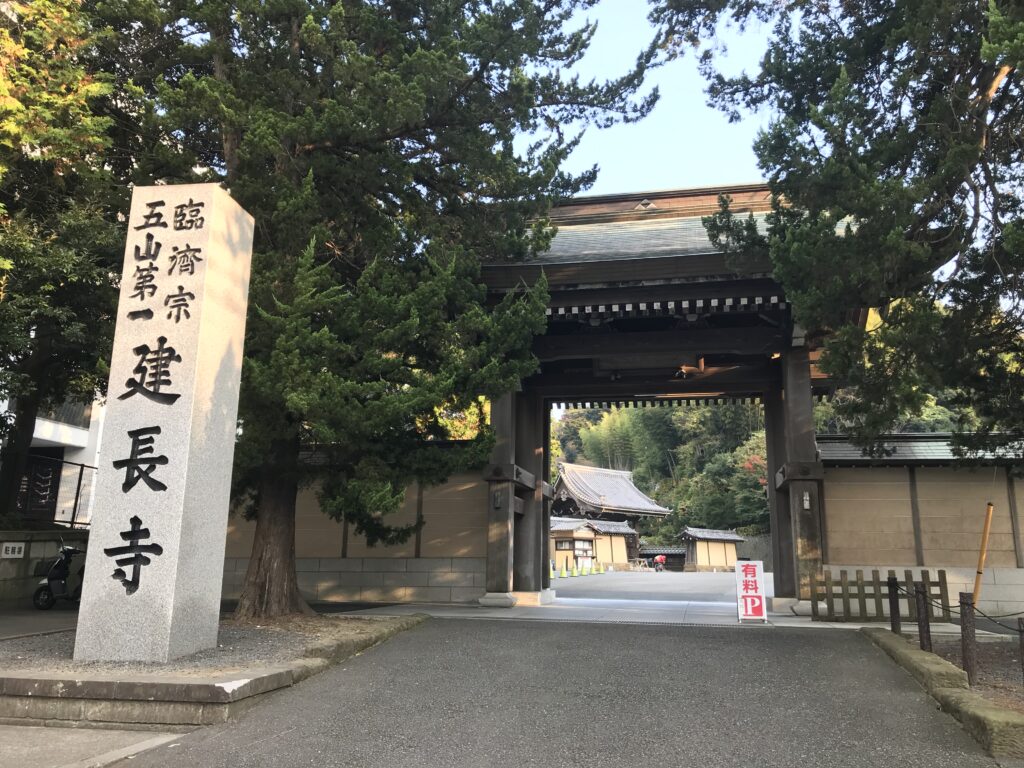
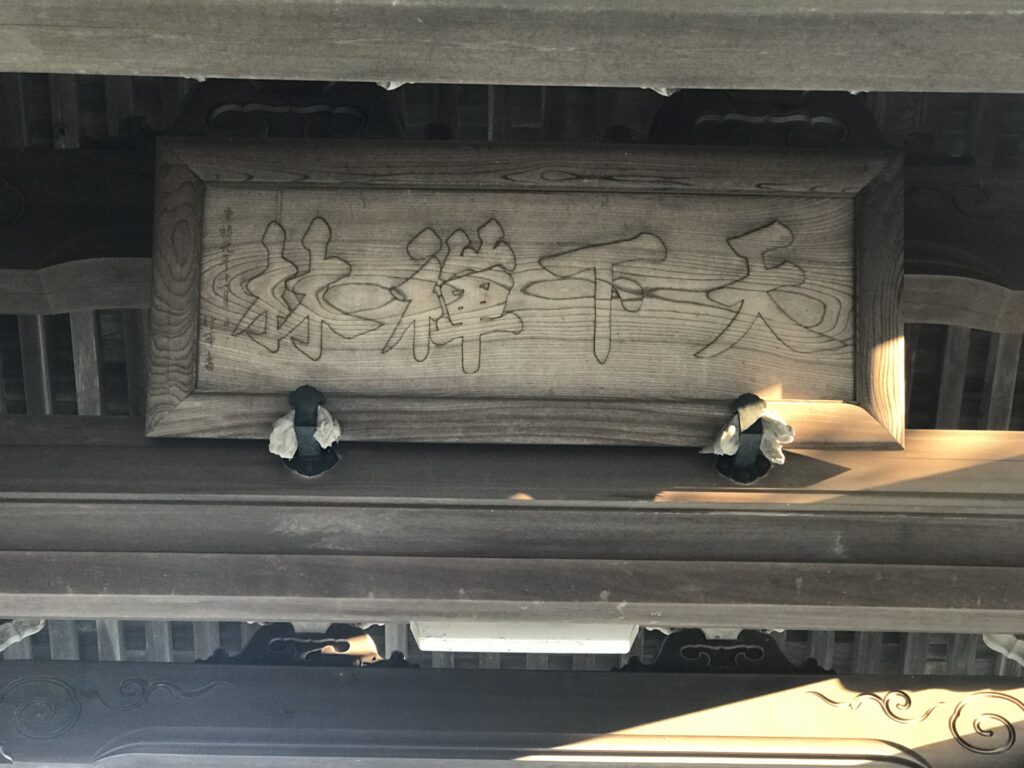
印象深い三門の額
三門の「建長興國禅寺」と書かれた大きな額が目に飛び込んできます。印象が強烈なので、よく覚えています。今回は夕暮れだったので、三門が夕日を浴びてオレンジ色に輝いていました。
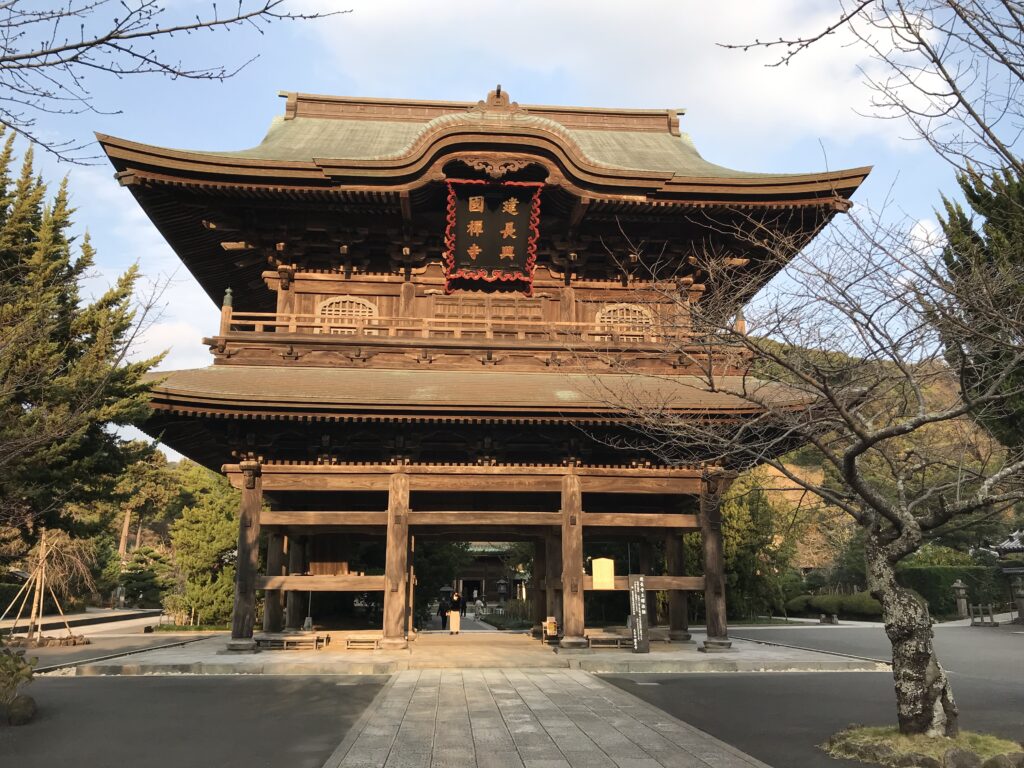
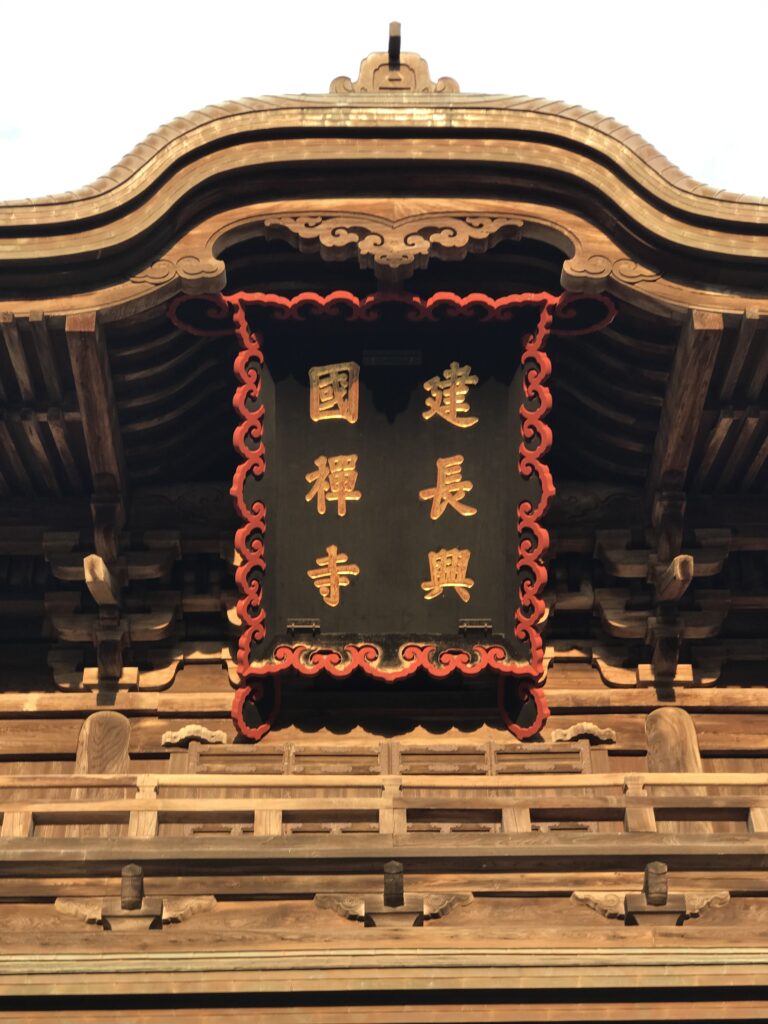
河合塾で日本史を担当している石川先生のテキストでは、建長寺について覚えるのに「ラララ建長寺」と覚えるように書かれています。建立した北条時頼の頼の字の音読み「らい」の「ら」と、お坊さんの蘭渓道隆の「ら」とを関係づけて覚えるようです。
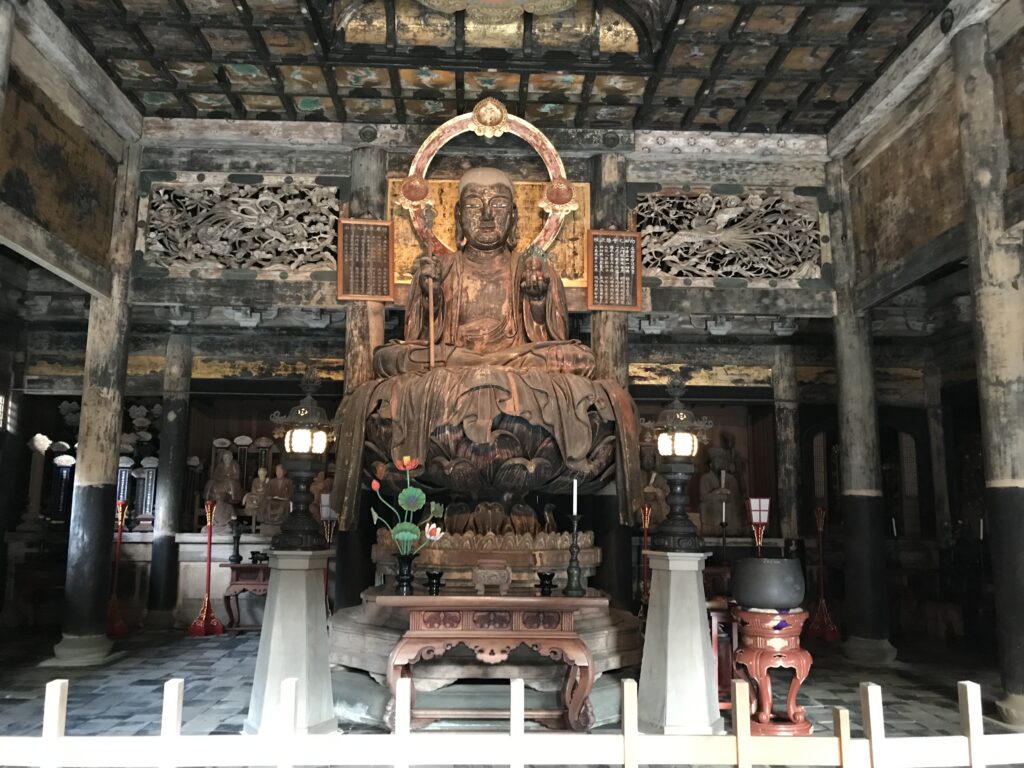
仏殿、法堂を順に参拝しました。仏殿で仏様を拝みましたが、写真も撮り放題です。遠慮なく撮影してきました。また、法堂の天井には禅宗寺院らしく雲竜図が描かれていました。絵を見る限り、比較的新しく描かれたように見えます。
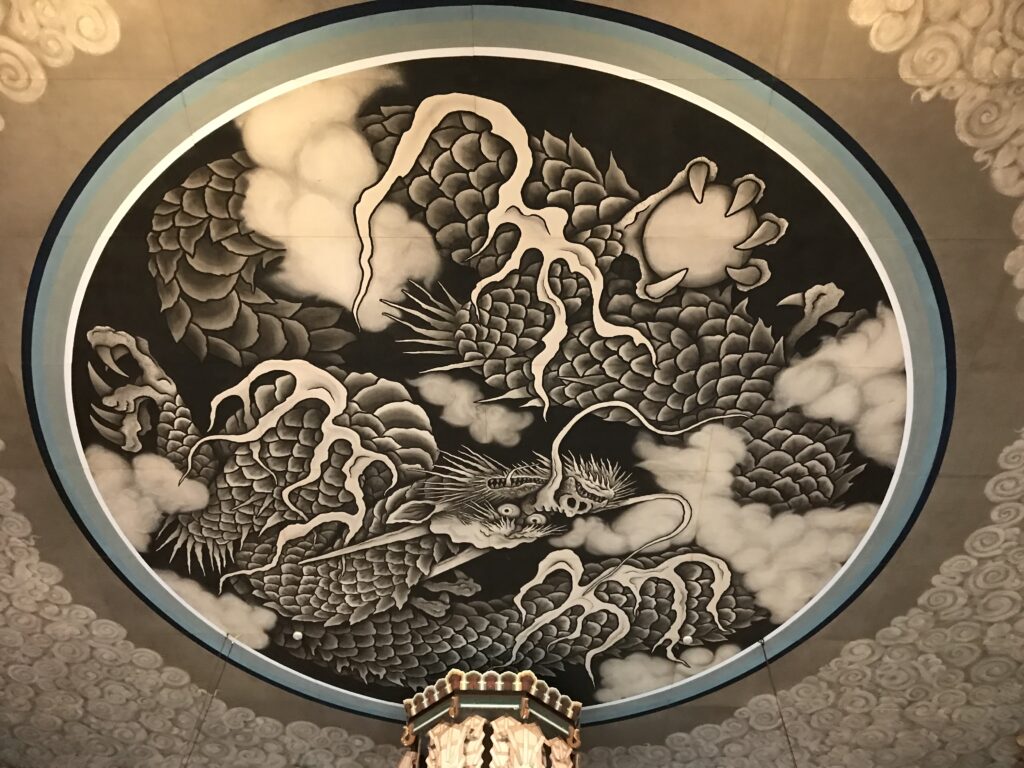
蘭渓道隆が作庭した貴賓応接用の庭
もっと奥まで行って、方丈の庭園を眺めてきました。元々は蘭渓道隆が作庭した池泉鑑賞式庭園で、江戸時代に改修されています。池を中心に石や松などが配置されています。貴賓の応接のための庭だそうです。しばらく椅子に座って見ていました。禅宗らしく、凄くシンプルな感じがする庭で、気持ちを落ち着かせてくれました。(完)
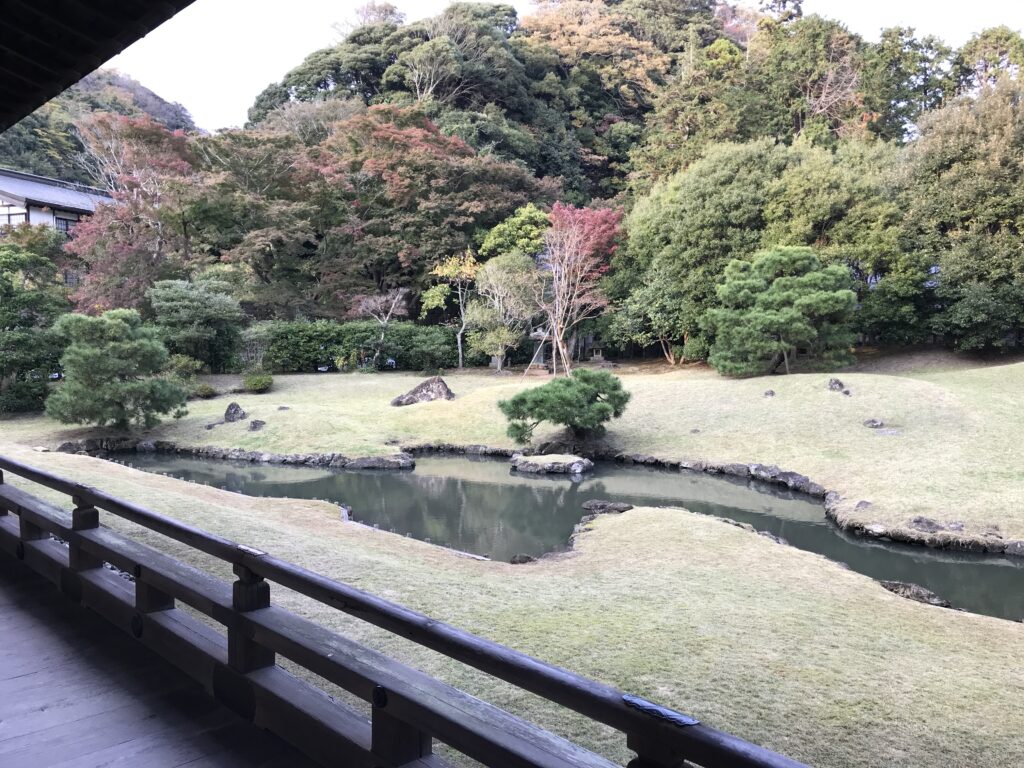
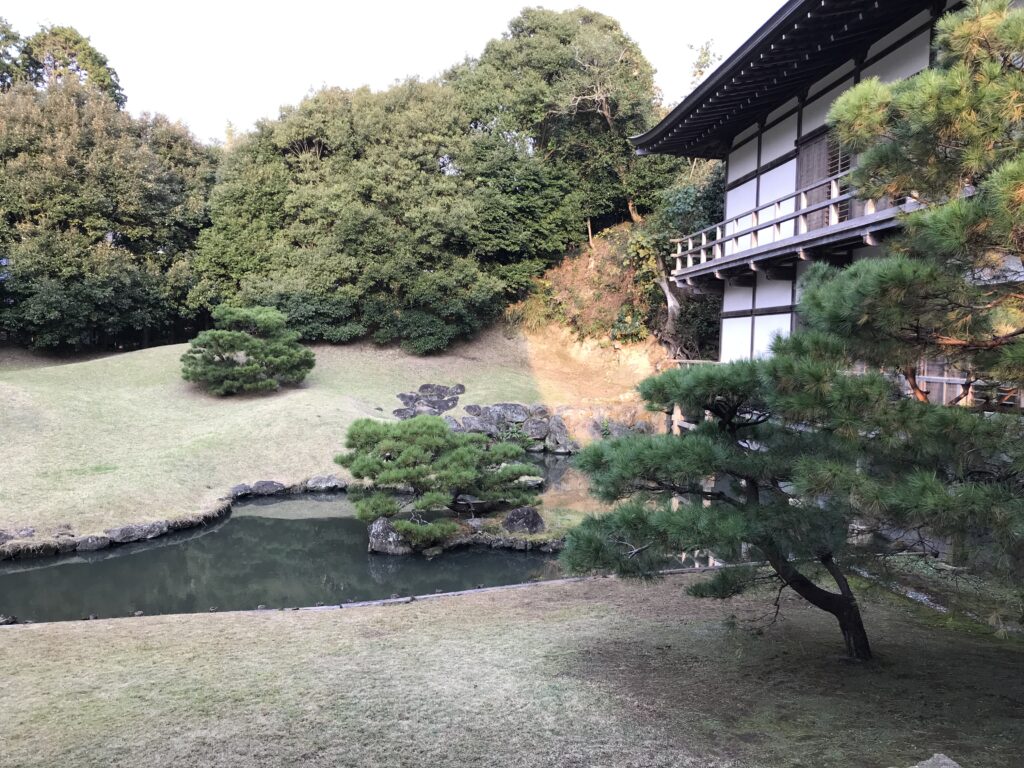
建長寺の御朱印
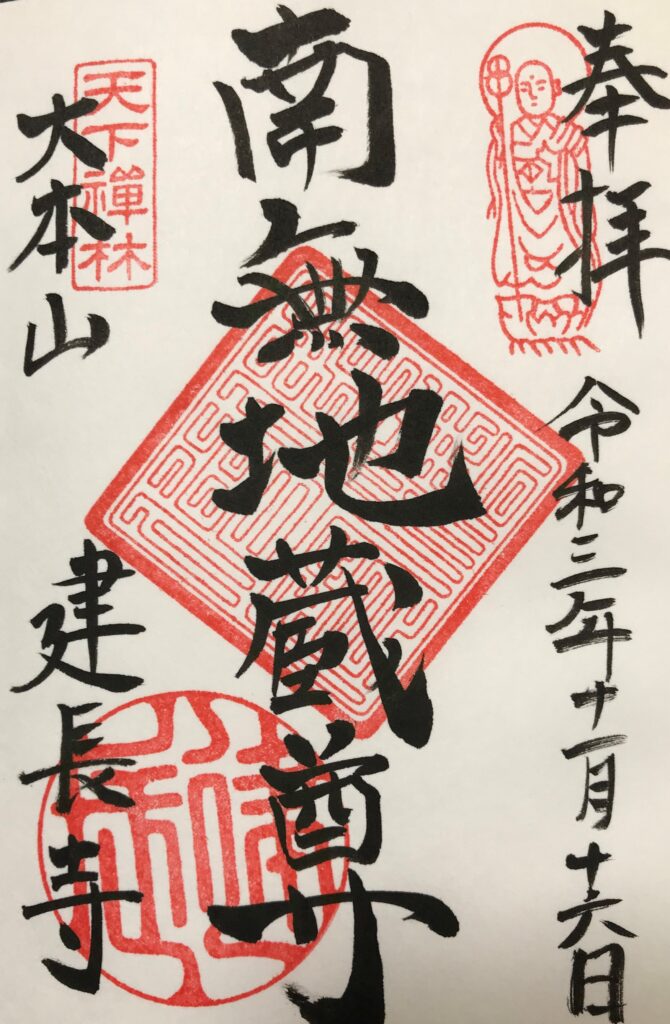
鎌倉のお土産
これも定番ですが、小川軒のレーズンウィッチ。レーズンサンドが好きな方には、外せないお土産です。
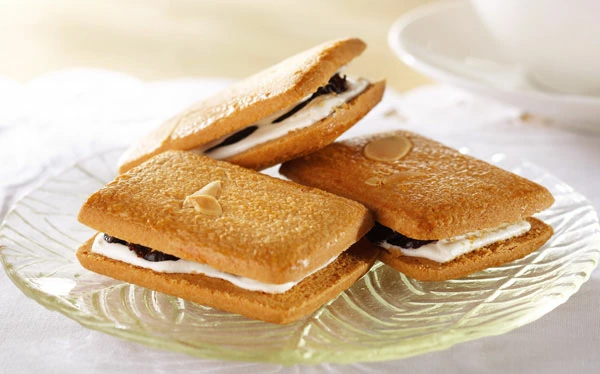
〈鎌倉 小川軒〉レーズンウィッチ詰合せ 20個入 RW-20
価格:3,866円
(2021/11/22 11:53時点)
感想(24件)
Kenchoji Temple in Kamakura
First of the Five Great Zen Temples of Kamakura
I came to Kenchoji Temple, the first of the Five Temples of Kamakura. The plaque on the gate says “Zen Forest under Heaven”, which seems to indicate that it is the first temple in Japan dedicated to Zen Buddhism. This was my second time to come here. This time, I walked up the slope from the main shrine of Tsurugaoka Hachimangu Shrine. I arrived just after crossing the pass and descending. Last time, I think I walked the opposite course from Kita-Kamakura station.
Impressive plaque of Sanmon gates
A large plaque on Sanmon gate with the words “Kencho Kokoku Zenji” written on it caught my attention. The impression was so strong that I remembered it well. This time it was dusk, so the Sanmon gate was glowing orange in the setting sun.
In the textbook of Mr. Ishikawa, who teaches Japanese history at Kawaijuku, it is written to remember Kenchoji Temple as “Rara Rara Kenchoji”. It seems to relate the “Ra” in the phonetic reading of the character for “Rai” in Hojo Tokiyori, who built the temple, to the “Ra” in the monk Rankei Ryudo.
I visited the Buddha Hall and the Dharma Hall in that order. I worshipped the Buddha in the Buddha Hall, where you can take as many pictures as you want. I didn’t hesitate to take pictures. On the ceiling of the hall, there was a drawing of a dragon and cloud, as if it were a Zen temple. As far as I can tell, it looks like it was painted relatively recently.
A garden for entertaining noble guests, created by Rankei Doryu
I went further in to view the Hojo garden. It was originally a pond-viewing garden created by Rankei Ryudo, and was renovated in the Edo period. Stones and pine trees are arranged around a pond. It is said to be a garden for entertaining distinguished guests. I sat on a chair for a while and watched the garden. The garden was very simple and calming, just like Zen Buddhism. (End)
Temple Kenchoji à Kamakura
Premier des cinq grands temples zen de Kamakura
Je suis arrivé au temple Kenchoji, le premier des cinq temples de Kamakura. La plaque sur la porte indique “Forêt zen sous le ciel”, ce qui semble indiquer que c’est le premier temple du Japon dédié au bouddhisme zen. C’était la deuxième fois que je venais ici. Cette fois, j’ai remonté la pente depuis le sanctuaire principal de Tsurugaoka Hachimangu Shrine. Je suis arrivé juste après avoir franchi le col et être descendu. La dernière fois, je pense avoir fait le chemin inverse depuis la gare de Kita-Kamakura.
Plaque impressionnante des portes de Sanmon
Une grande plaque sur la porte Sanmon avec les mots “Kencho Kokoku Zenji” écrits dessus a attiré mon attention. L’impression était si forte que je m’en suis bien souvenu. Cette fois, c’était le crépuscule, et la porte Sanmon brillait d’une couleur orange dans le soleil couchant.
Dans le manuel de M. Ishikawa, qui enseigne l’histoire du Japon à Kawaijuku, il est écrit de se souvenir du temple Kenchoji comme “Rara Rara Kenchoji”. Il semble que le “Ra” dans la lecture phonétique du caractère pour “Rai” de Hojo Tokiyori, qui a construit le temple, soit lié au “Ra” du moine Rankei Ryudo.
J’ai visité la salle du Bouddha et la salle du Dharma dans cet ordre. J’ai vénéré le Bouddha dans le Buddha Hall, où l’on peut prendre autant de photos que l’on veut. Je n’ai pas hésité à prendre des photos. Au plafond de la salle, il y avait le dessin d’un dragon et d’un nuage, comme s’il s’agissait d’un temple zen. D’après ce que je peux dire, il semble avoir été peint relativement récemment.
Un jardin pour recevoir de nobles invités, créé par Rankei Doryu.
Je suis allé plus loin pour voir le jardin Hojo. Il s’agissait à l’origine d’un jardin d’observation des étangs créé par Rankei Ryudo, qui a été rénové pendant la période Edo. Des pierres et des pins sont disposés autour d’un étang. On dit que c’est un jardin pour recevoir des invités de marque. Je me suis assis sur une chaise pendant un moment et j’ai observé le jardin. Le jardin était très simple et apaisant, tout comme le bouddhisme zen. (Fin)
